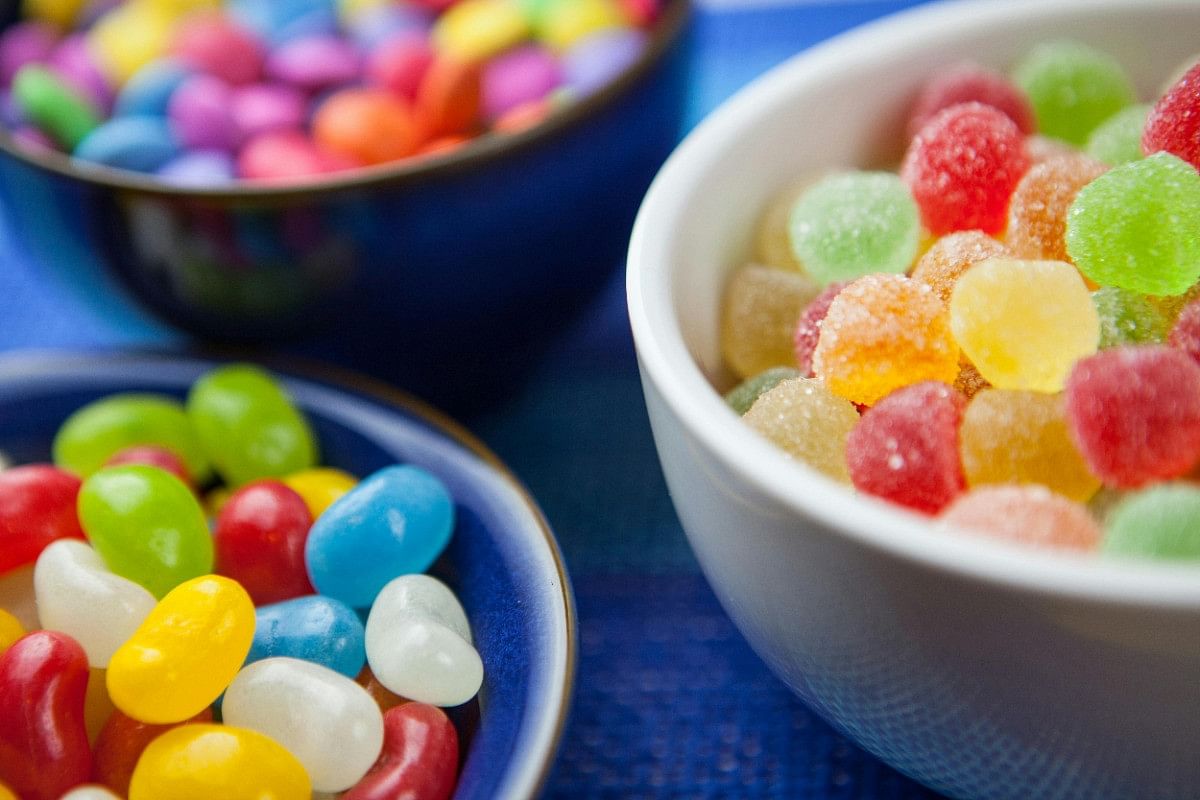For appointments, call (225) 292-6991. Serving Baton Rouge, Gonzales, Denham Springs, and New Roads

Braces-Friendly Foods: What to Eat and What to Avoid
The foods you eat can significantly impact the effectiveness of your braces and the overall health of your mouth. It's not just about avoiding gum or candy; it's about understanding what foods can potentially harm your braces or lead to issues like cavities or gum disease. Frugé Orthodontics has the keys to understanding braces-friendly foods, highlighting what to embrace and what to steer clear of. Whether you're a teenager navigating these waters for the first time or a parent aiding your child through their orthodontic journey, our braces-friendly food experts will arm you with the knowledge needed to make the best dietary choices for oral health and braces care!
Understanding Braces and Food Restrictions
Braces work by applying continuous pressure on the teeth to gradually move them into the desired position. This orthodontic treatment involves brackets that are bonded to the teeth and connected by wires, which are periodically tightened by an orthodontist to guide the teeth's movement. Given this delicate setup, certain foods can pose a risk to the integrity of the braces, leading to damaged brackets or bent wires, which can extend treatment time and increase discomfort.
Eating the wrong types of foods can cause a multitude of issues. Hard or crunchy foods can break the brackets off the teeth or bend the wires, disrupting the alignment process. Sticky foods can get caught between the braces and teeth, making it difficult to maintain proper oral hygiene and increasing the risk of cavities. Foods high in sugar can also contribute to plaque buildup around the brackets, leading to enamel decalcification, which can leave permanent white marks on the teeth.
The key to a successful orthodontic treatment is not just the braces themselves but how well you take care of your teeth and braces throughout the process. This includes being mindful of the foods you consume. By understanding the potential risks associated with certain types of foods, you can make informed decisions that protect your braces and promote oral health.
Foods to Enjoy
Navigating your diet with braces doesn't mean you have to sacrifice variety or taste. There are plenty of braces-friendly foods that are not only safe to eat but also nutritious and delicious. Here's a closer look at some categories of foods you can enjoy without worry:
- Soft Fruits and Vegetables: Soft fruits and vegetables are excellent for those with braces because they provide essential vitamins and minerals without risking damage to your orthodontic work. Bananas, melons, grapes, and berries are great choices that require minimal chewing. For harder vegetables like carrots or apples, consider steaming or baking them to soften, or cutting them into small, bite-sized pieces that are easier to chew.
- Dairy Products: Dairy products are another great option for those wearing braces. Foods like yogurt, cottage cheese, and soft cheeses are not only high in calcium, which is beneficial for teeth and bone health, but they're also soft and easy to eat. These can be a good source of protein as well, making them a healthy snack or addition to meals.
- Grains and Soft Breads: Soft, cooked grains like rice, quinoa, and pasta are excellent staples for braces wearers. They're versatile and can be mixed with a variety of sauces and soft-cooked vegetables or proteins for a complete meal. Soft breads, including tortillas and pancakes, are also safe, but be wary of crusty breads or rolls that can be tough to bite into.
- Meats and Alternatives: Tender, cooked meats, fish, and poultry can be part of a braces-friendly diet. Cooking methods such as braising, slow cooking, or steaming can help make meats softer and easier to chew. Meat alternatives like tofu, eggs, and soft-cooked legumes are also excellent protein sources that are safe for braces.
Foods to Avoid
While many foods are safe to enjoy with braces, there are some that are best avoided to prevent damage to your braces and to maintain oral health. Here are the main categories of foods to steer clear of:
- Hard Foods: Hard foods can cause significant damage to braces by breaking brackets or bending wires. This includes nuts, hard candies, popcorn, and ice. Instead of biting into hard fruits and vegetables, cut them into small pieces or avoid them altogether.
- Sticky Foods: Sticky foods can get caught in braces and are difficult to clean, increasing the risk of cavities. Gum, caramel, taffy, and sticky candy should be avoided. These foods can also pull on braces, potentially loosening them.
- High-Sugar Foods: Foods and beverages high in sugar should be consumed minimally when wearing braces. Sugar can lead to plaque buildup around brackets, increasing the risk of cavities and gum disease. Sodas, sugary snacks, and candy can be particularly harmful, so opt for water or low-sugar alternatives instead.
- Tough Meats and Vegetables: Tough meats, like steak or jerky, and raw vegetables like carrots or celery, can be difficult to chew and may damage braces. If you enjoy these foods, consider cooking them until they are tender or cutting them into smaller, more manageable pieces.
Navigating your diet with braces involves making adjustments to ensure you're eating foods that won't compromise your orthodontic treatment. By focusing on soft, nutritious foods and avoiding those that pose a risk to your braces, you can maintain a healthy, balanced diet while working towards a beautiful smile.
3 Special Tips for Eating with Braces
Adapting to eating with braces can take some time, but with a few tips and strategies, you can minimize the risk of damaging your braces and make meals more enjoyable. Here are some helpful suggestions:
1) Cut Food into Small Pieces: Larger foods can be challenging to bite into with braces. Cutting fruits, vegetables, and meats into bite-sized pieces can make them easier to chew and reduce the risk of damaging your braces.
2) Chew Slowly and Carefully: Taking your time to chew slowly can help prevent brackets from breaking and make digestion easier.
3) Use Your Back Teeth for Chewing: The back teeth are stronger and less likely to be damaged by eating, so try to use them for the bulk of your chewing.
Dealing with Discomfort
It's not uncommon to experience some discomfort or soreness after getting braces tightened. Fortunately, there are foods that can help ease this discomfort, along with other remedies:
- Eat Soft Foods: Soft foods like yogurt, smoothies, and soups can be soothing and require little to no chewing.
- Cold Foods and Beverages: Ice cream, cold fruit, and chilled beverages can help numb the area and reduce inflammation.
- Over-the-Counter Pain Relievers: If recommended by your orthodontist, pain relievers can help manage discomfort in the days following an adjustment.
Perfect Your Smile for Your Next Bite at Frugé Orthodontics
Our expert team is committed to providing top-notch braces treatment in a comfortable and welcoming environment that educates you on best practices so that your braces journey is a productive one. Whether you're considering braces for yourself or a loved one, choose Frugé Orthodontics for personalized care that meets your unique needs. Don't let the worries about potential food restrictions and braces care hold you back; contact us today and take the first steps to achieve the smile of your dreams!
